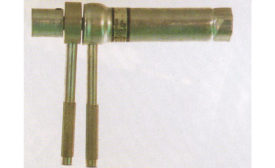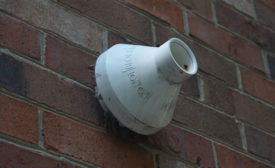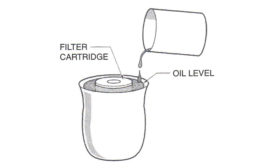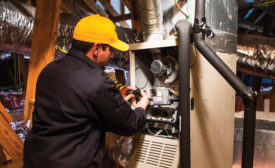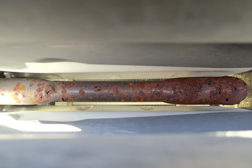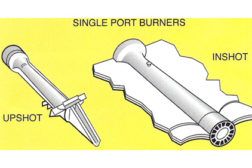Home » furnace maintenance
Articles Tagged with ''furnace maintenance''
Preventing Venting Problems
Proper installation and maintenance can prevent furnace shutdown
Read More
Condensing Furnaces Require Special Care
Sophisticated Systems Require More Comprehensive, Consistent Maintenance
Read More
Oct. 21, 2014: White-Rodgers Introduces New Direct Replacement Furnace Controls
Furnace Control Modules Available for Fall Service Calls
October 21, 2014
Copyright ©2024. All Rights Reserved BNP Media.
Design, CMS, Hosting & Web Development :: ePublishing
